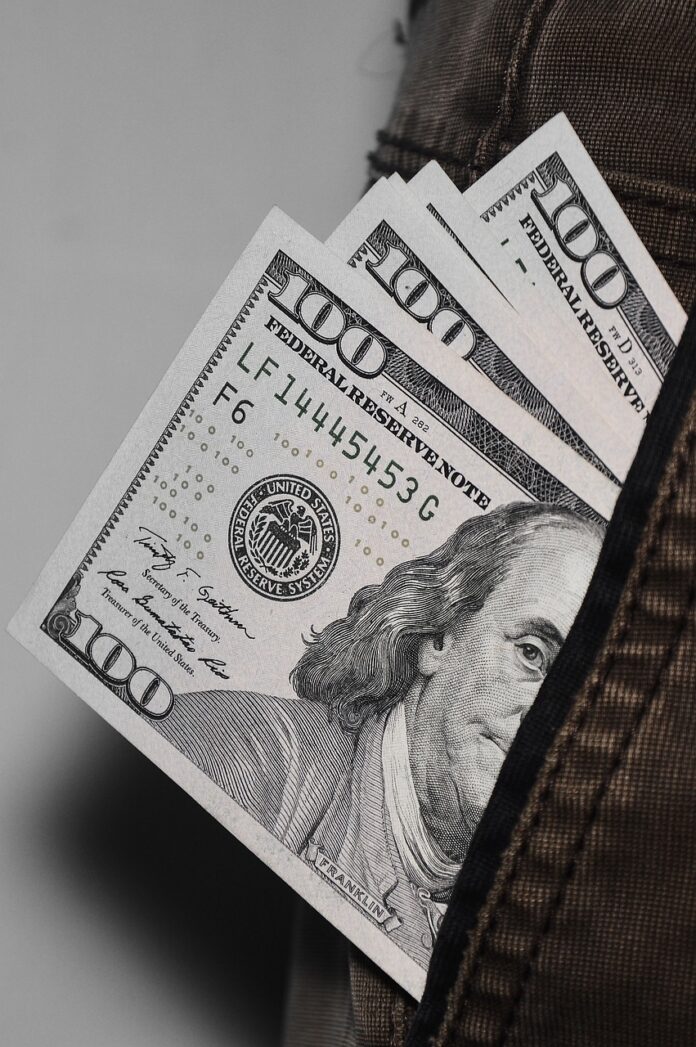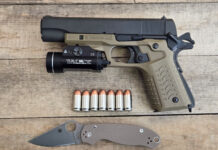
While there may one day come an economic collapse in the United States, it hasn’t happened yet. The reality is that cash will have value right up until it doesn’t. Therefore, it makes perfect sense to have a cash stash.
Setting Up a Cash Stash
Today, I can walk into any grocery store in the United States with a $20 bill and walk out with food and water. Maybe not as much of it as I could have 20 years ago, but I’m still not going to go hungry. The same goes with buying fuel for my car or other needed supplies.
Some advocate squirreling away precious metals instead of a cash stash. While that’s not entirely a bad idea, you might want to diversify a bit. Think about it like this. Let’s say there’s an emergency evacuation in your area. Maybe it’s a wildfire or an approaching hurricane. You and your neighbor both stop at the gas station at the edge of town for provisions and fuel.
You have $100 in cash and he has some silver rounds. Between the two of you, who is more likely going to be able to buy what they need?
How Much Cash?
So, how much should you have in your cash stash? More is always better than less, but few people can afford to have a ton of money tied up into something like this. Ideally, you should have enough cash on hand for:
- At least one full tank of gas
- One or two nights in a decent motel
- Meals on the road for a couple of days
Add all of that together, then toss in another 10% or so for a cushion. Consider that total figure a minimum to keep on hand. Add to it as you can.
While big bills reduce the size of the cash stash that needs to be hidden, strive for a variety of denominations. If all you have are $100 bills, then that’s the minimum you might be paying for something if the person doesn’t have change.
Where to Keep It?
The cash stash should be immediately accessible to you. Depending on the nature of the crisis, hitting up an ATM might not be practical. While you don’t want to just leave your cash stash sitting out in the open, you don’t want to have to spend a lot of time digging up mason jars from the backyard. A safe might be a better option.
If you go that route, don’t keep the safe in the master bedroom, as that’s one of the first places burglars look. A better location would be the basement or maybe the closet in a spare bedroom if that’s available.
There are plenty of places in an average home where a cash stash could be hidden but easy to access quickly.
There is often empty wall space inside closets right above the door. An envelope can be taped or tacked up there with none the wiser.
Pull out a utensil drawer in the kitchen. Tape an envelope to the back of the drawer on the outside, then replace the drawer.
Do you have an electric garage door opener? Take the shroud over the motor off and you could put your cash stash inside, taped to the interior of the shroud.
Get creative, and you’ll undoubtedly be able to come up with some more ideas of your own.
This is your catastrophe survival money and shouldn’t be touched for any reason other than true emergencies. Once you have the cash stash established, forget it exists other than to add to it. Even if you never have to evacuate your home, this money could come in quite handy in the event of unexpected job loss or other similar situations.



